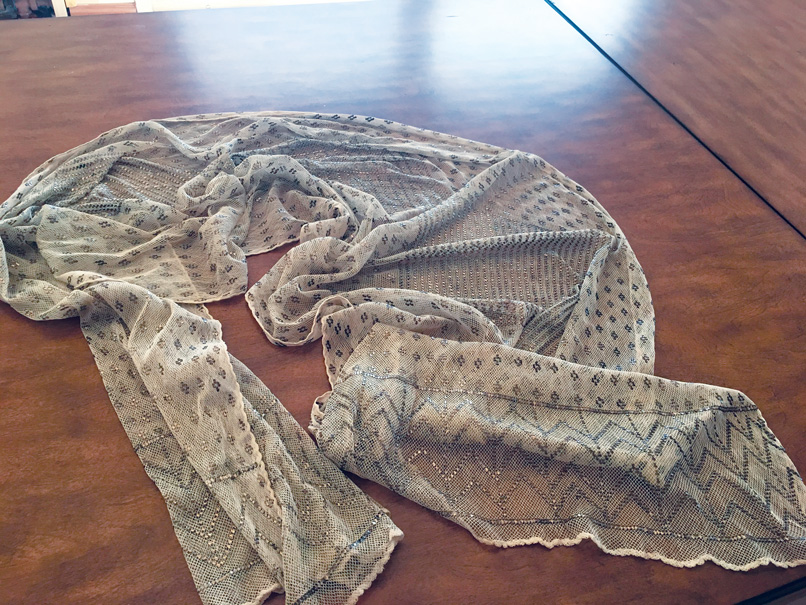
A TRADITION LESS TALKED ABOUT
SARINA ROFFÉ
THE THINGS WE DO AT CERTAIN TIMES OF THE YEAR, AND THE ACTIONS WE TAKE, ALL FORM US AS HUMAN BEINGS. IT COULD BE EATING ICE CREAM CAKE ON BIRTHDAYS, HAVING BARBECUES ON SUNDAYS, OR SPECIAL VISITS TO GRANDMA.
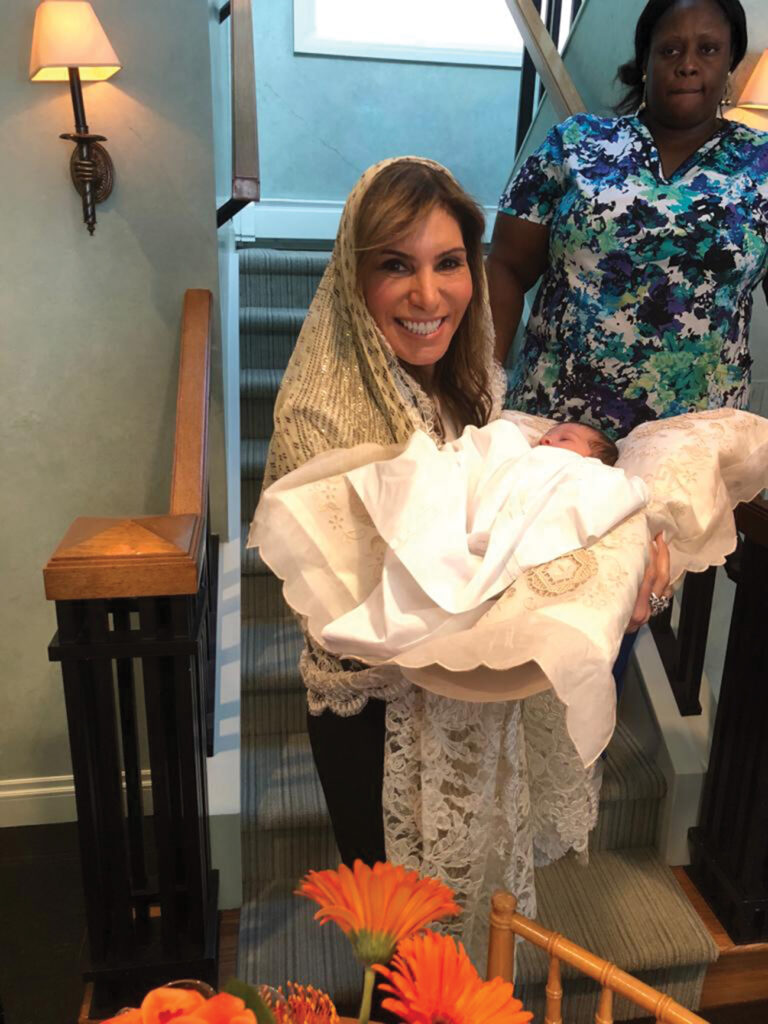
When I was little, my father, Abe Missry A”H, and all his siblings and their children, would visit his parents, Joseph A”H and Frieda Missry A”H, our Sito and Gido, at their apartment on Avenue P in Bensonhurst.
Gido would sit in the corner in a big wing chair, and the children would kiss his hand. Sito would be making sure there were fruit and nuts out for snacks. It was through these visits that the 33 grandchildren knew and bonded with each other, learned to respect and honor our elders and had relationships with our grandparents.
Traditions are patterns of thought or behaviors either religious or social, passed from one generation to the next through practice and repetition. A tradition can be baking certain foods at holidays or at certain times of the year; or practices, such as how we clean our homes before Passover. Such annual traditions are part of every family.
A very small but incredibly significant family tradition among the women in Syrian Jewish families is the ‘family shawl,’ handed down generation to generation among the women. I am a journalist and historian, known as an expert in Sephardic history, and I have never seen this particular tradition written about or even spoken of. It just is. I share it with IMAGE readers from my book L’Dor V’Dor; Tracing the Missry Family Heritage, which outlines the stories from my family and our genealogy.
The family shawl is not for prayer, nor is it a simple head covering. The family shawl is fancy, carefully sewn with pure gold thread, often made with lace. It may have other ornamentation, embroidery or adornment.
The family shawl in the Missry family has been handed down for at least 150 years. It was worn by my great-great grandmother when she carried my paternal grandfather Joseph Nissim Missry A”H, for his brit in late August 1891.
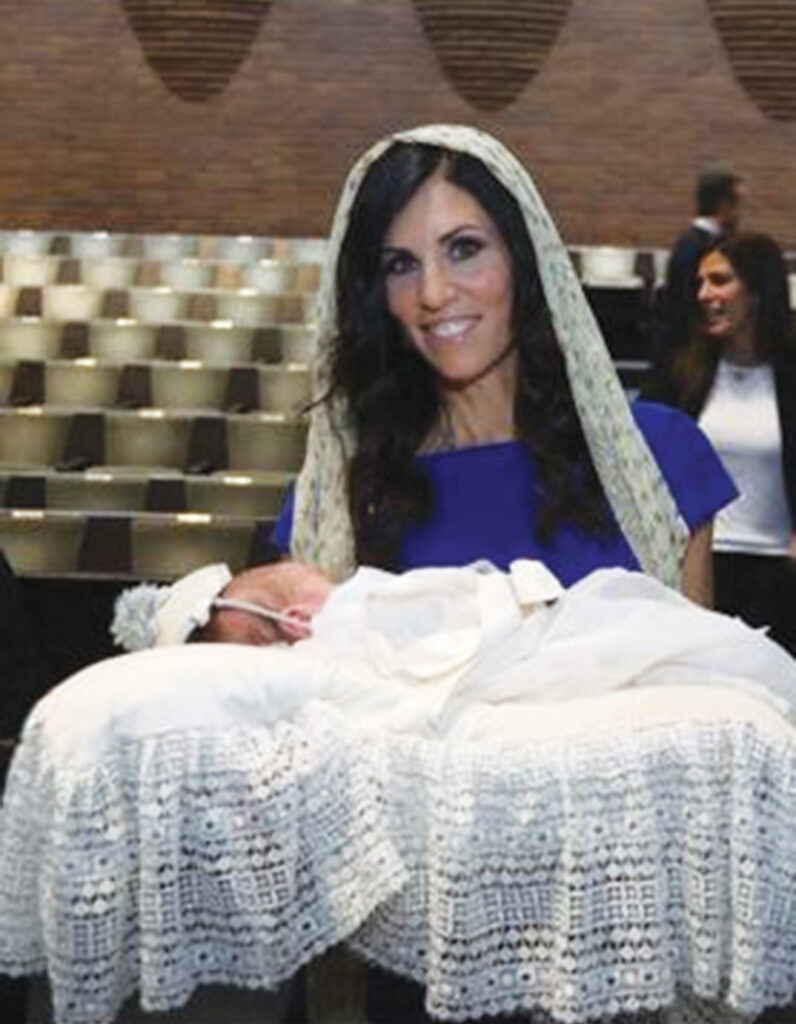
The shawl is worn only when the grandmother carries an eight-day-only newborn son for his brit milah, or in the case of a firstborn son, during the pidyon haben, when he is redeemed by the Cohen.
The shawl is a family heirloom. My husband’s family—the Sutton’s—had one, now lost as the family grew. As I’ve already stated, my mother’s family had one, worn by the women in our family for generations. Every time a son was born, my maternal grandmother, Estrina Cohen Salem A”H, would take it from its special place in her drawer, to be worn as he was carried for his brit. I feel sadness at the loss of this family heirloom, yet grateful it was worn by my mother Renee Salem Missry A”H at the brit of my two sons. I am hopeful it will be found and returned to our family.
The family shawl is special. As you wear it, you feel the magic and power from your female ancestors give strength to the moment of the brit milah. The mitzvah of carrying a child for his circumcision, his entry into the covenant of Abraham, is somehow magnified, as wearing the shawl draws on the generations before us in that magical moment.
The Missry family shawl has been fabric tested. The fabric and gold thread are dated to about 1850. One of my cousins keeps the shawl under lock and key. When a boy is born in our family, it is picked up for the brit, and returned within days, where it is secured for the next brit.
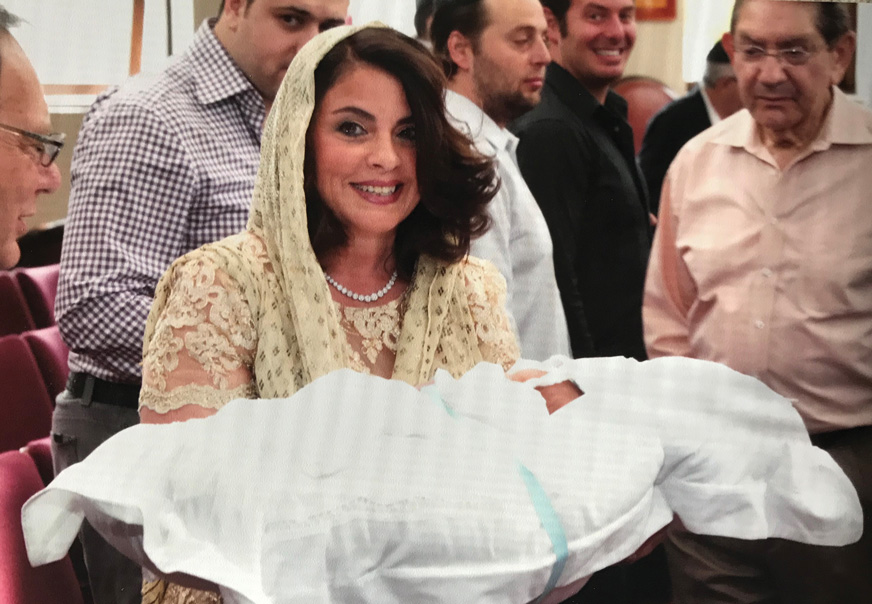
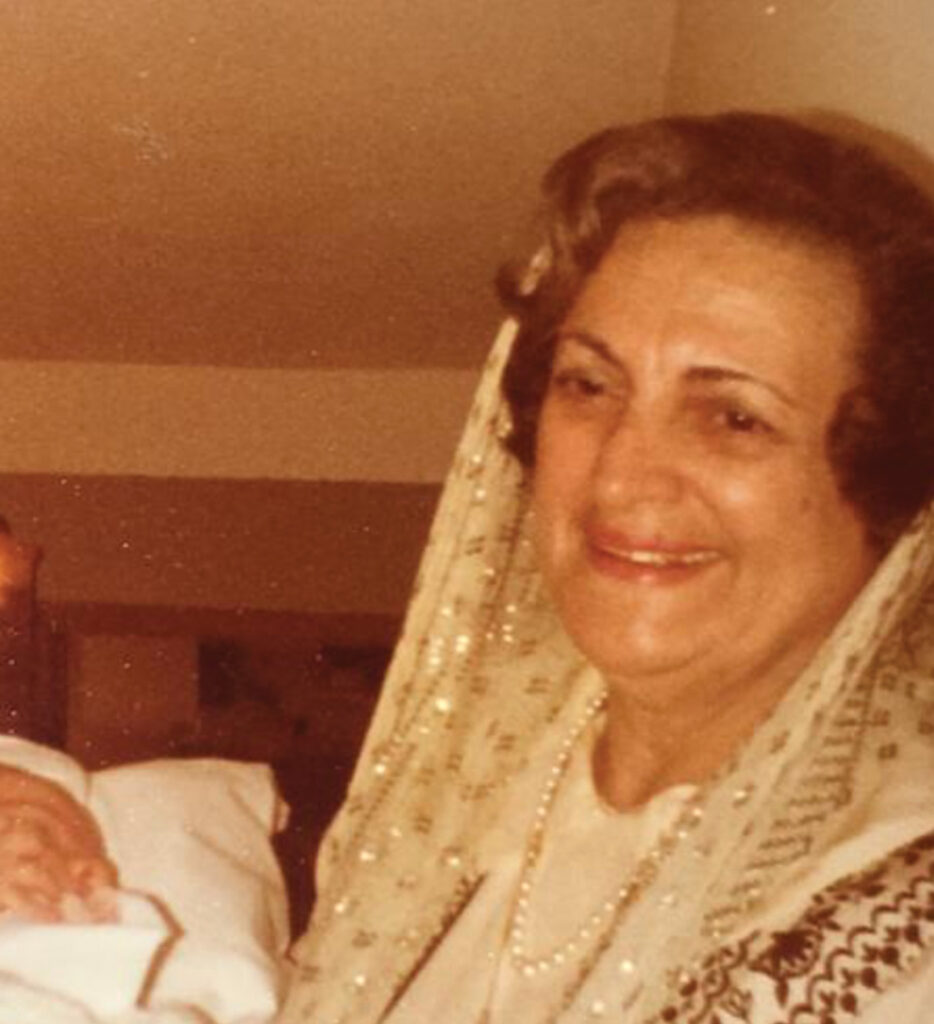
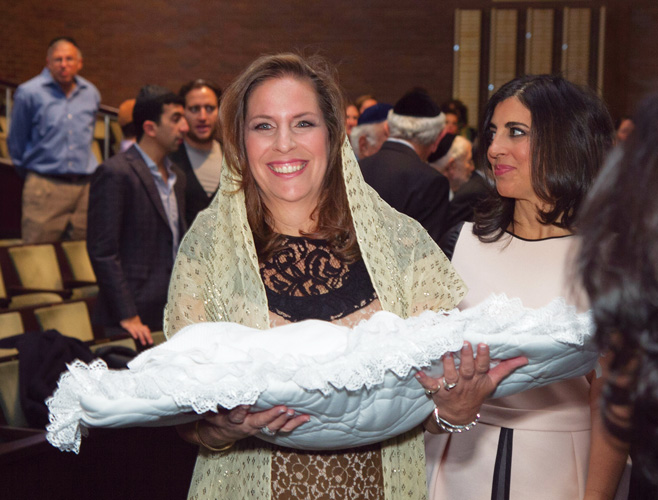
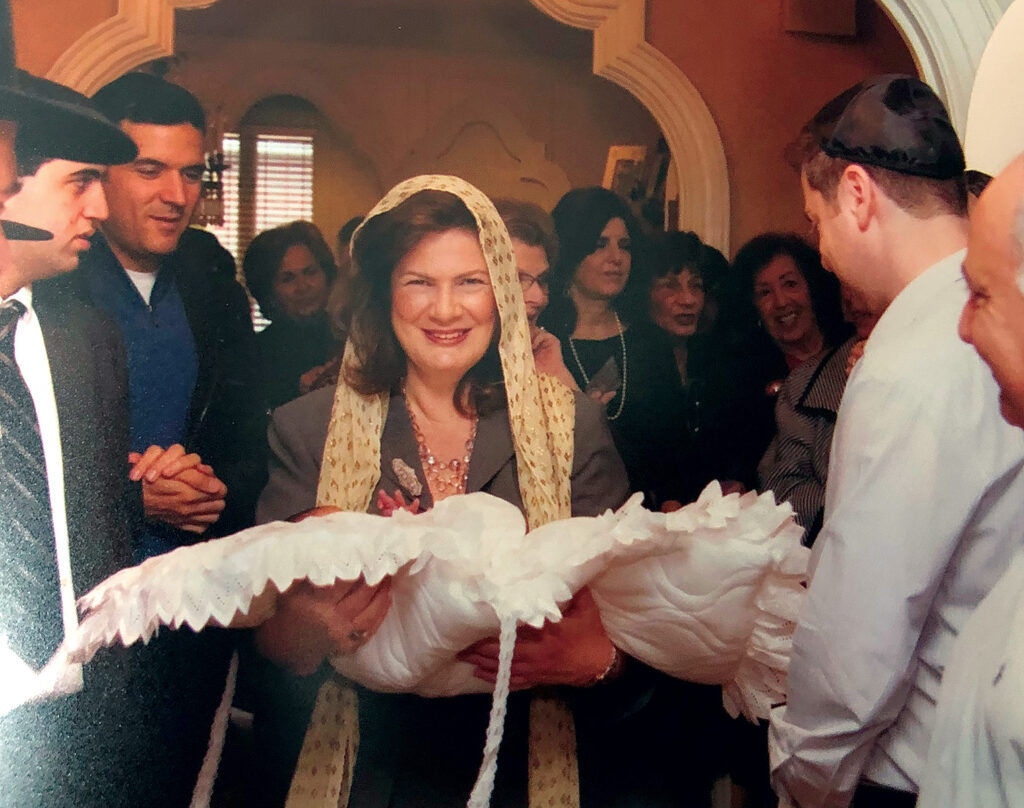
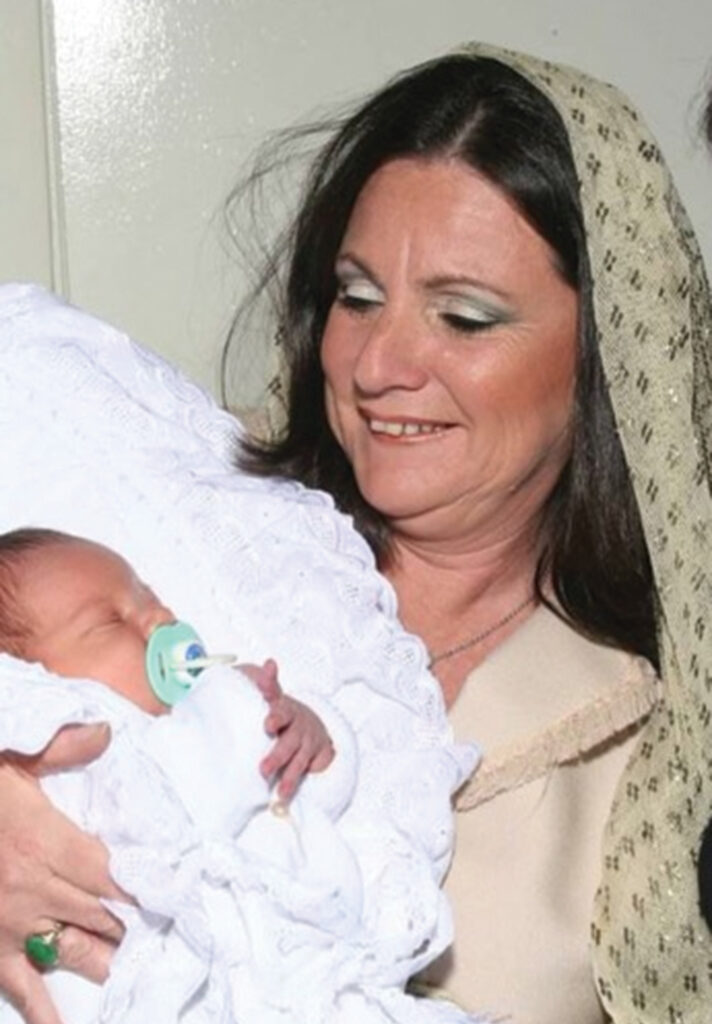
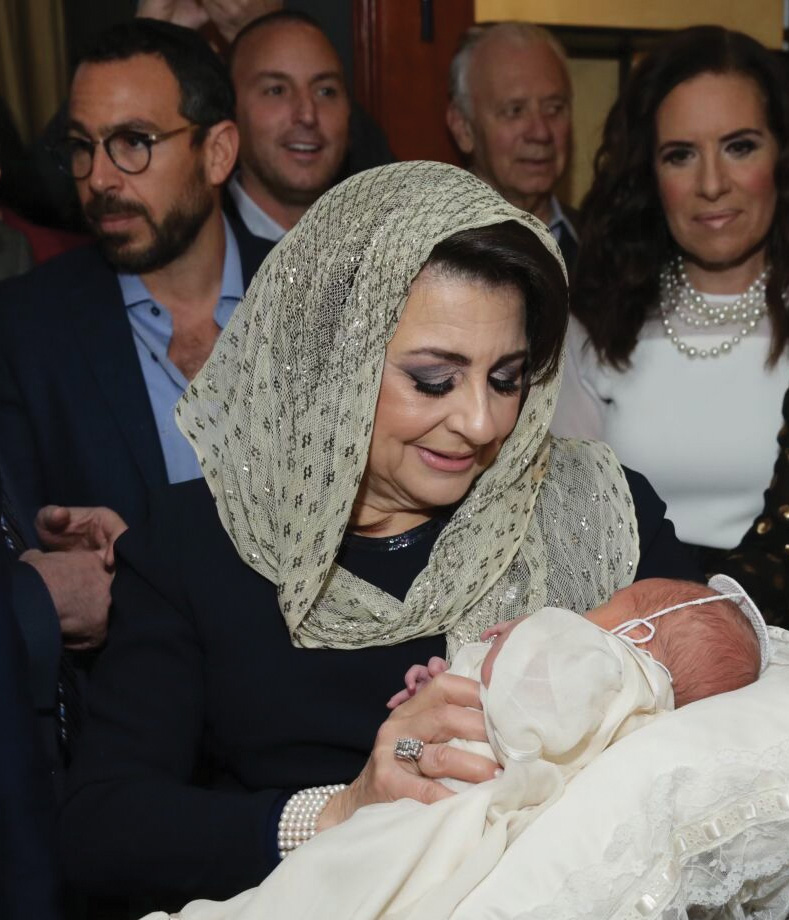
I had the honor of wearing our family shawl to the brit of my two grandsons. When I wear it, I feel the essence of my great grandmothers, my grandmothers, my mother, my aunts and female cousins and all the women who came before me who wore that same shawl. Their collective memory is somehow joined together in the seconds that I place the shawl on my head, its gold threads shining. As I carried each of my grandsons for their circumcisions, I thought of all the women in my family and the contributions they made to Am Yisrael.
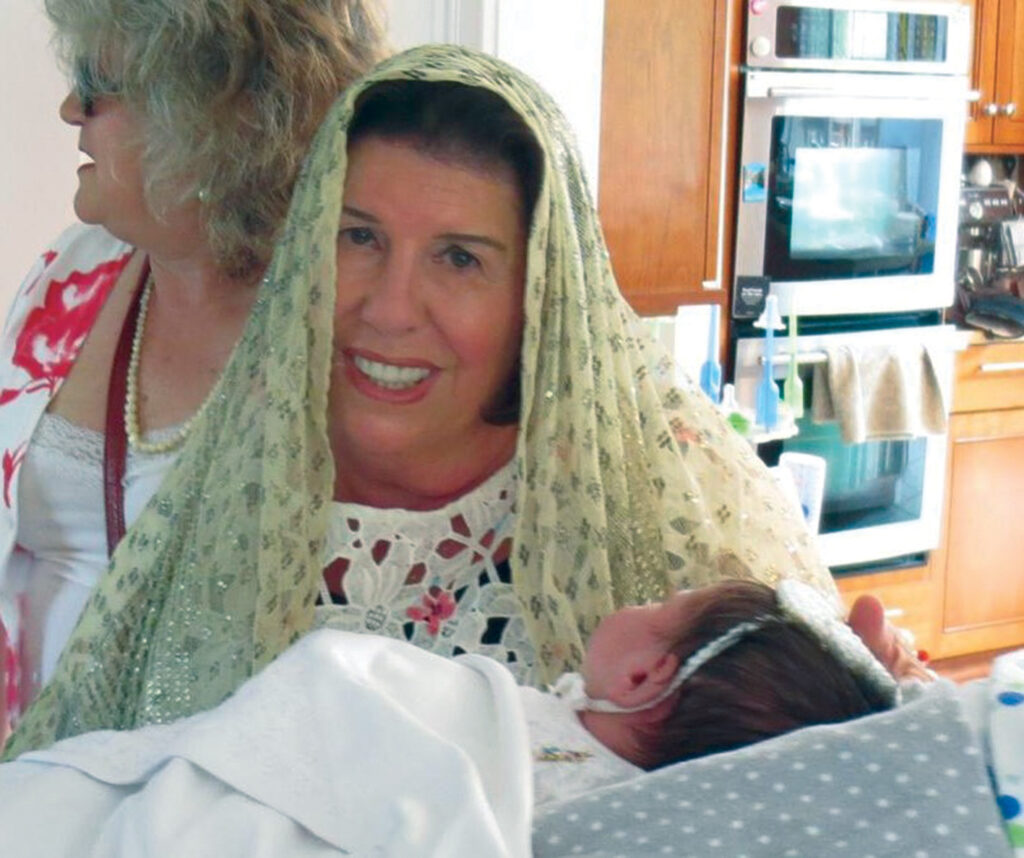

A genealogist and historian, Sarina Roffé is the author of Branching Out from Sepharad (Sephardic Heritage Project, 2017), Sarina holds a BA in Journalism, and MA in Jewish Studies and an MBA.



